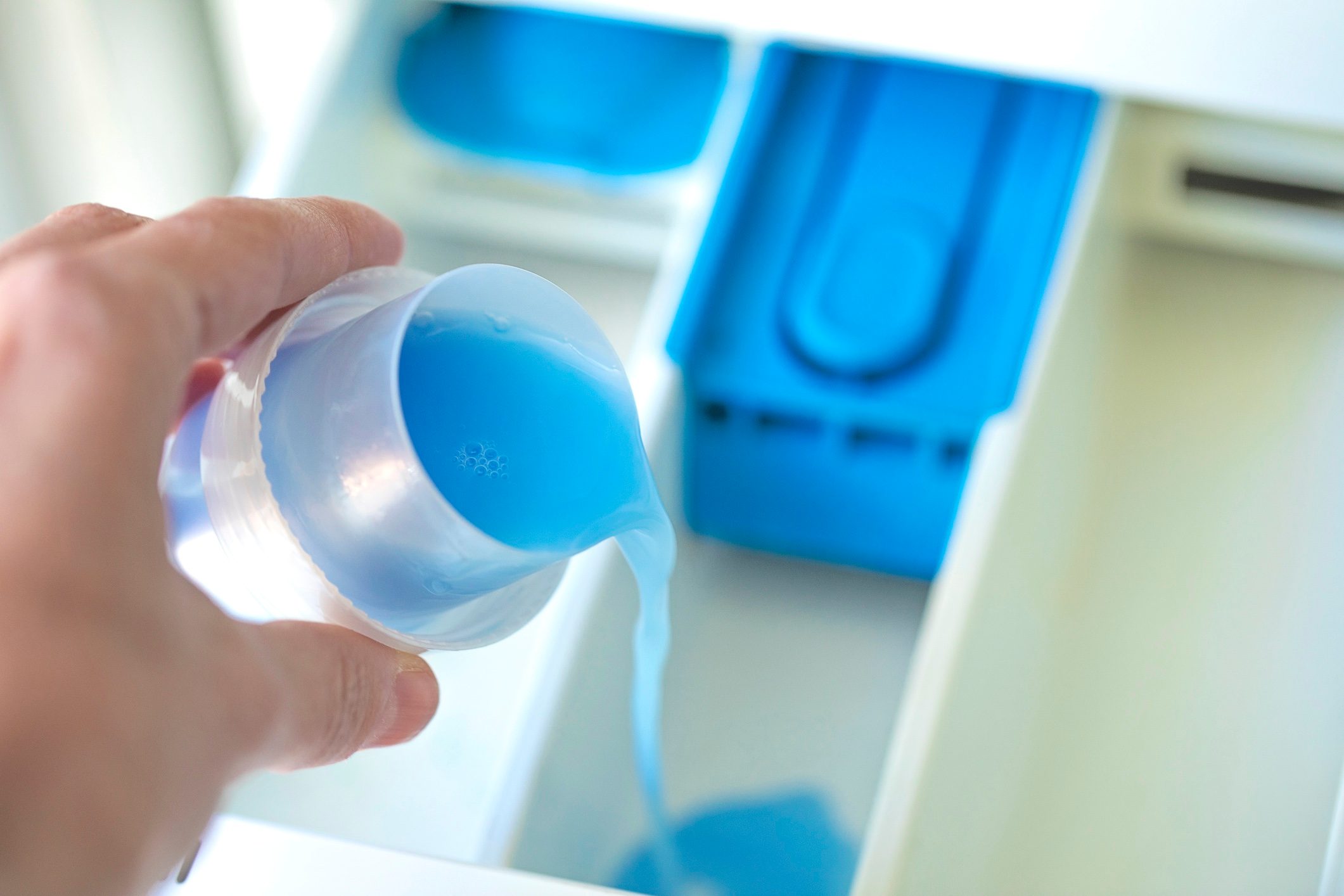Many of us first encountered it in high school biology class, but experts say it lurks in our homes too. Here's where, as a not-for-profit report reveals its consequences.

New Investigation: This Household Chemical “Causes More Cancer Than Any Other”

In an increasingly industrialized world, hazardous chemicals are all around us. Many of them, including within the home, have been found to cause cancer; but researchers are finding that some household toxins are riskier than others. A December 2024 report by the nonprofit investigative newsroom ProPublica has concluded that one widely used chemical “causes more cancer than any other.”
The National Academies of Sciences, Engineering, and Medicine’s Review of EPA’s 2022 Draft Formaldehyde Assessment says several health authorities, including the International Agency for Research on Cancer and the National Toxicology Program, have come to “unequivocal independent conclusions” that formaldehyde—a colorless, flammable gas with a strong odor and a range of applications—is carcinogenic to humans. “The evidence demonstrates that formaldehyde inhalation causes cancer in humans and identifies nasopharyngeal and sinonasal cancers, as well as myeloid leukemia” as the cancer types most closely linked with the chemical, the review committee wrote. (The Cleveland Clinic explains that these types of cancer may affect the nose, sinuses, neck, throat, or other sites within the body’s uppermost region.)
The Environmental Protection Agency (EPA) has calculated that formaldehyde exposure within the home could cause 255 cancer cases per million people exposed to the chemical over their lifetimes. This excludes the risk of myeloid leukemia, which the EPA ultimately decided was “too uncertain” to include in official estimates, ProPublica states.
However, the investigative news outlet’s new findings suggest that the true numbers are actually far higher. “Even the EPA’s alarming estimates of cancer risk vastly underestimate—by as much as fourfold—the chances of formaldehyde causing cancer,” their analysis states.
Formaldehyde is typically associated with the preservation of cadavers, such as in funeral homes and for medical or scientific research, including in dissection labs in the education setting. However the Environmental Protection Agency says the chemical is also found in:
- Resins used to manufacture composite wood products
- Building materials and insulation
- Household products such as glues, paints and coatings, lacquers and finishes
- Paper products
- Clothing, such as permanent press fabrics
- Preservatives used in some medicines, cosmetics and other consumer products such as dishwashing liquids and fabric softeners
- Fertilizers and pesticides
- Emissions from un-vented, fuel-burning appliances, like gas stoves or kerosene space heaters
- Cigarette smoke
Cancer isn’t the only health concern linked with exposure to formaldehyde. ProPublica warns formaldehyde can also trigger asthma, miscarriages, and fertility problems. The Centers For Disease Control and Prevention (CDC) adds that “formaldehyde can cause irritation of the eyes, nose, and throat, even at low levels for short periods. Longer exposure or higher doses can cause coughing or choking. Severe exposure can cause death from throat swelling or from chemical burns to the lungs.”
The Cleveland Clinic lists formaldehyde as a neurotoxin capable of altering or inhibiting function in any part of your nervous system, including the brain, spinal cord and nerves. “These changes can range from mild to severe,” the Clinic states. “They may be treatable or long-lasting. In severe cases, neurotoxicity can lead to death.”
Though recent legislation has made modest gains in restricting the deadly chemical in manufacturing, the report also says that profit-driven chemical companies are spending big to maintain business as usual. “Trump has already vowed to roll back regulations he views as anti-business—an approach that promises to upend the work of government far beyond formaldehyde protections,” ProPublica notes.
In lieu of legislative change, there are several ways to protect yourself against the effects of formaldehyde—especially in the home. The American Lung Association (ALA) suggests:
- Opting for low-formaldehyde products when building or remodeling
- Keeping your indoor spaces well-ventilated
- Airing out new furniture or pressed wood products before bringing them indoors
- Not smoking or vaping
- Washing new clothes before wearing them
ProPublica has also released a search tool, which allows you to enter your address or other location information in order to determine your personal risk level. Talk with your doctor with any concerns you may have about your exposure to formaldehyde, or any symptoms you may be experiencing.
Subscribe to The Healthy by Reader’s Digest newsletter and follow The Healthy on Facebook and Instagram. Keep reading:
- New Study: 35% People Diagnosed With Cancer All Did This One Thing in the 90 Days Prior
- New Research: If You’re Deficient in This Vitamin, It Could Raise Your Stroke Risk by 28%
- New Harvard Study: Eating This Dessert May Lower Diabetes Risk by 21%
- This Type of Meat Can Increase Cancer Risk, Say Cleveland Clinic Experts




















